By Marie LeJeune and Tracy Smiles, Western Oregon University
Mentor Author: Linda Sue Park
 This week, we begin our exploration of some of our favorite authors whom we have looked to as mentors in our classrooms—authors whose work and words contribute to our teaching of reading, writing, language, and culture. Again, we draw upon the framework below for our initial selection of possible mentor authors when we embark upon such study with students. Additionally, we are currently deeply immersed in work with international issues, themes, and literature with both students and teachers in K-12 classrooms. We are now layering <a href="http://wowlit.org/blog/2011/04/04/reading-as-a-collaborative-act-a-framework-for-exploring-author-studies/#more-15955Marie’s Framework for Mentor Author Studies with a Framework for International Curriculum (Short, 2003). In addition to seeking authors who are strong mentors for student writers—we also strive to consider and include issues of personal cultural identity, cross cultural studies, the integration of international experiences and texts, and inquiry into global issues (Short, 2003).
This week, we begin our exploration of some of our favorite authors whom we have looked to as mentors in our classrooms—authors whose work and words contribute to our teaching of reading, writing, language, and culture. Again, we draw upon the framework below for our initial selection of possible mentor authors when we embark upon such study with students. Additionally, we are currently deeply immersed in work with international issues, themes, and literature with both students and teachers in K-12 classrooms. We are now layering <a href="http://wowlit.org/blog/2011/04/04/reading-as-a-collaborative-act-a-framework-for-exploring-author-studies/#more-15955Marie’s Framework for Mentor Author Studies with a Framework for International Curriculum (Short, 2003). In addition to seeking authors who are strong mentors for student writers—we also strive to consider and include issues of personal cultural identity, cross cultural studies, the integration of international experiences and texts, and inquiry into global issues (Short, 2003).
Continue reading →


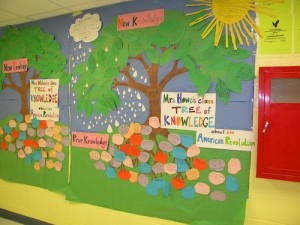
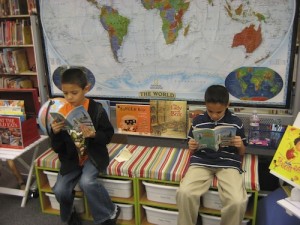
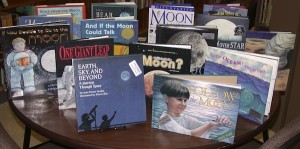
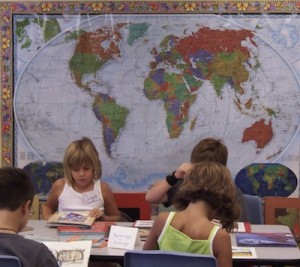

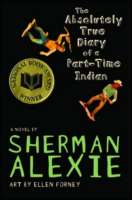 This week, we continue our exploration of authors as mentors—authors whose work and words contribute to our teaching of reading, writing, language, and culture. As we’ve mentioned in past weeks, we are interested in exploring a study of mentor authors whose work informs students as readers and writers but also as global citizens. We are now layering
This week, we continue our exploration of authors as mentors—authors whose work and words contribute to our teaching of reading, writing, language, and culture. As we’ve mentioned in past weeks, we are interested in exploring a study of mentor authors whose work informs students as readers and writers but also as global citizens. We are now layering  This week, we begin our exploration of some of our favorite authors whom we have looked to as mentors in our classrooms—authors whose work and words contribute to our teaching of reading, writing, language, and culture. Again, we draw upon the framework below for our initial selection of possible mentor authors when we embark upon such study with students. Additionally, we are currently deeply immersed in work with international issues, themes, and literature with both students and teachers in K-12 classrooms. We are now layering <a href="http://wowlit.org/blog/2011/04/04/reading-as-a-collaborative-act-a-framework-for-exploring-author-studies/#more-15955
This week, we begin our exploration of some of our favorite authors whom we have looked to as mentors in our classrooms—authors whose work and words contribute to our teaching of reading, writing, language, and culture. Again, we draw upon the framework below for our initial selection of possible mentor authors when we embark upon such study with students. Additionally, we are currently deeply immersed in work with international issues, themes, and literature with both students and teachers in K-12 classrooms. We are now layering <a href="http://wowlit.org/blog/2011/04/04/reading-as-a-collaborative-act-a-framework-for-exploring-author-studies/#more-15955 Many teachers are very hesitant to use graphic novels in their classroom. Much of the hesitation has to do with a personal lack of familiarity with this specific form of literature. For some, the use of graphic novels in the classroom is foreign and scary, some might not even see it as “literature,” while others are actually beginning to see the great advantage of using them to supplement student learning.
Many teachers are very hesitant to use graphic novels in their classroom. Much of the hesitation has to do with a personal lack of familiarity with this specific form of literature. For some, the use of graphic novels in the classroom is foreign and scary, some might not even see it as “literature,” while others are actually beginning to see the great advantage of using them to supplement student learning.